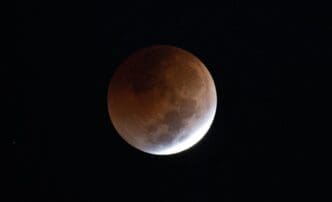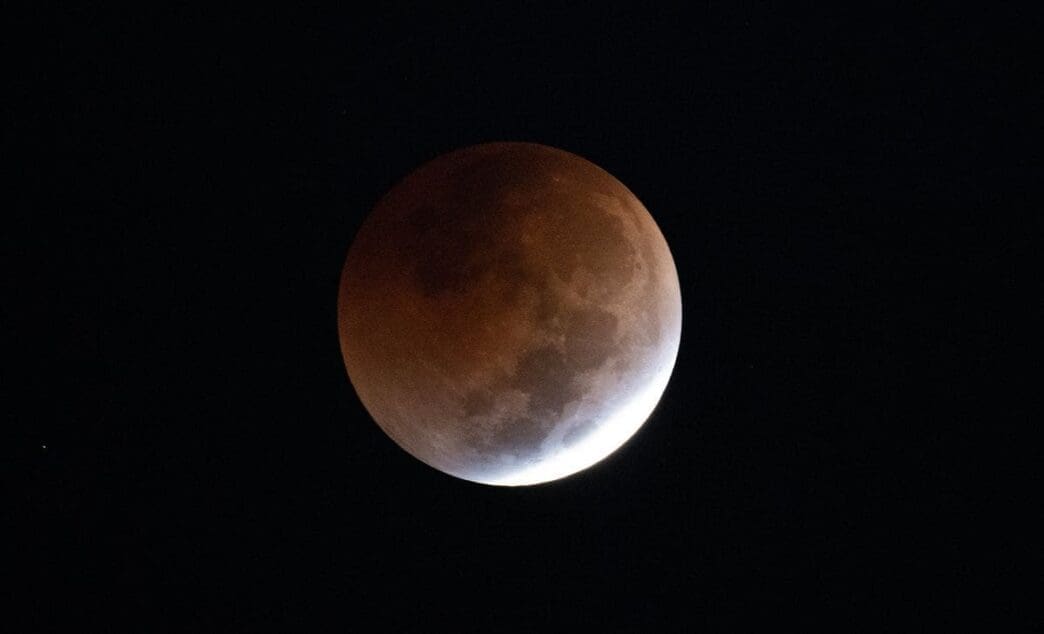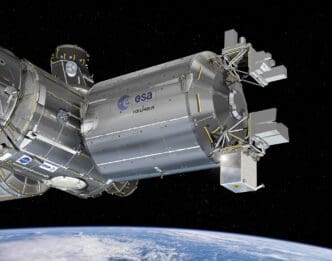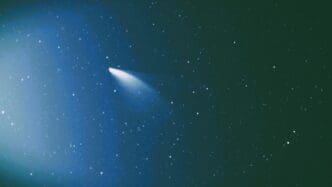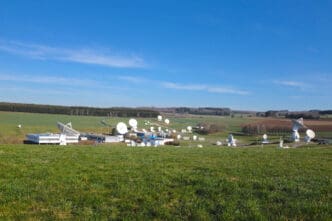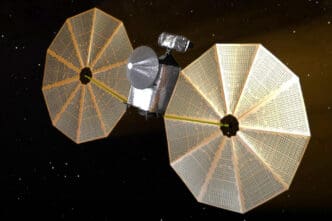In 2025, the night sky will offer a series of breathtaking celestial events, enticing skywatchers around the world.
Starting on January 3, the Quadrantid meteor shower will reach its peak, particularly favoring the West Coast of North America. Observers can expect to see 60 to 120 meteors per hour in dark sky conditions without lunar interference.
January 9 brings a remarkable celestial event as the waxing gibbous moon will occult the famous Pleiades star cluster. This captivating occurrence can best be observed with binoculars or a low-power telescope, as stars vanish behind the unilluminated side of the moon and reappear on the illuminated side.
During the winter and early spring months, Venus will dazzle evening skywatchers. In January and February, it ascends high into the western sky, capable of casting shadows. By March, Venus transitions back toward the sun but emerges as a brilliant crescent in binoculars.
On January 13, sky enthusiasts will witness the full moon occulting Mars. This event will showcase Mars at its prime as it approaches opposition, shining nearly as bright as Sirius.
February 6 will see the moon once again hiding the Pleiades star cluster, this time in the early morning hours across the central and western U.S.
A total lunar eclipse will favor the Americas on March 13-14. The lunar event will be visible to over a billion people, predominantly in the western regions of the American continent.
During March 23 to May 6, Saturn’s rings will seem to disappear from view due to their edge-on orientation toward Earth. While they start as invisible, by May 6, they will reappear, illuminating only the south half.
A partial solar eclipse on March 29 will be visible across parts of Europe, northwest Africa, and a section of eastern North America. This event happens as the moon’s penumbra shadows these regions.
On July 20, the moon will offer a visual treat by closely aligning with the Pleiades during the predawn hours. This spectacle, perceived best in the western United States, can be enhanced with binoculars.
August 11 and 12 nights will witness the moonlit Perseid meteor shower, though the bright gibbous moon could obscure many fainter meteors.
A celestial dance, termed ‘Venus/Jupiter pas de deux,’ will occur from August 11-13, as these planets perform a close encounter over three mornings in the east-northeast sky.
Another total lunar eclipse is scheduled for September 7, visible in countries like central Africa, eastern Europe, and as far east as Japan, while the Americas will miss it.
New Zealand will witness a partial solar eclipse on September 21, with significant coverage in locations like Auckland and Oban.
A full supermoon on November 5 will be visible when the moon coincides with its closest approach to Earth, displaying an impressive spectacle.
The Geminid meteor shower on December 14 could offer around 75 meteors per hour under optimal conditions. This year, the crescent moon provides minimal interference.
These celestial events promise to be highlights of 2025, offering stunning vistas for both amateur astronomers and seasoned stargazers alike. Whether observing meteor showers or witnessing the disappearance of Saturn’s rings, skywatchers are set for a memorable year.
Source: Space

